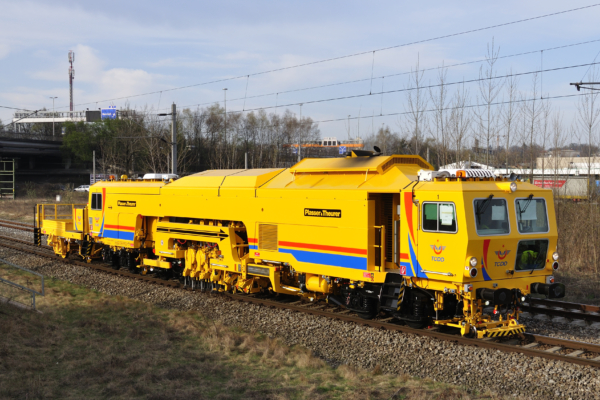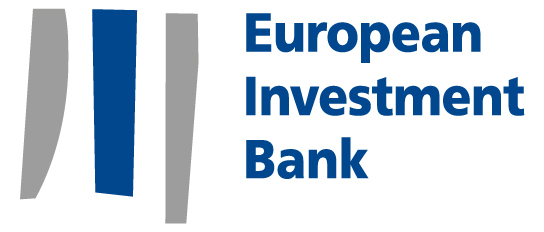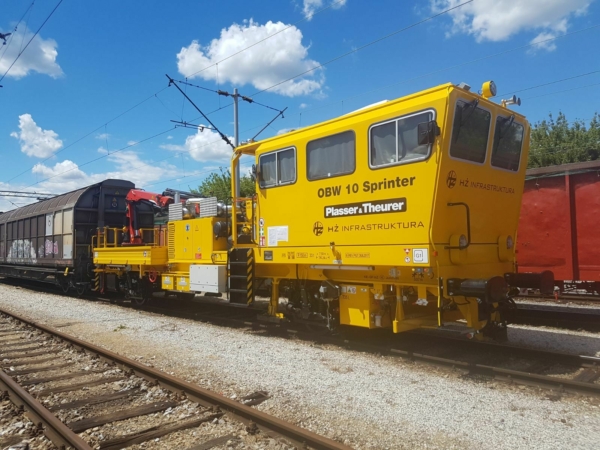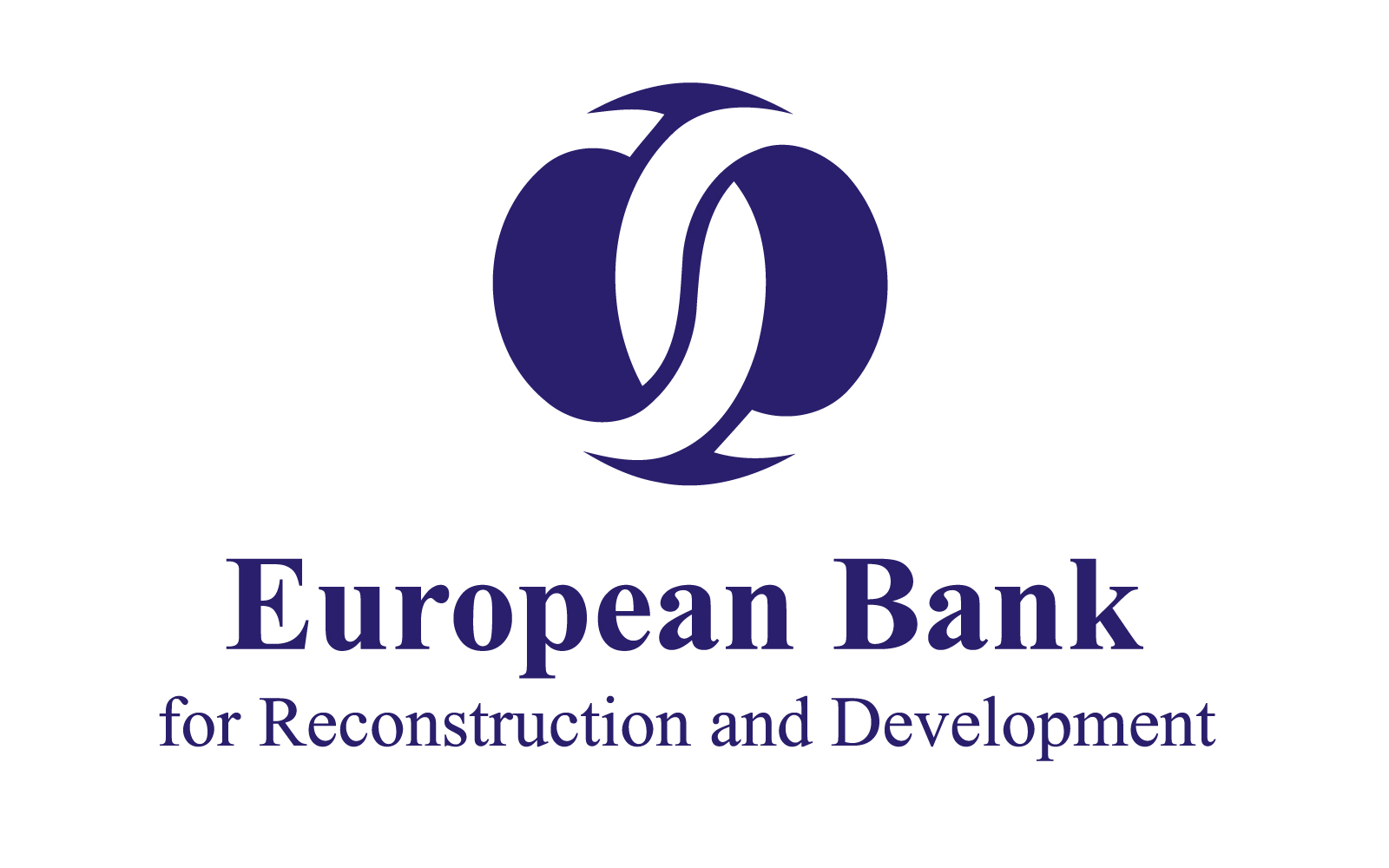 today 137
today 137

Mag. Michael Zimmermann
Project manager at go-international, Netzwerk Projekte International (NPI), AUSSENWIRTSCHAFT AUSTRIA
The European Investment Bank (EIB), domiciled in Luxembourg, is the EU's main bank. It is owned by the EU’s Member States. Most of the projects it finances are EU-based; however, it also executes projects all over the world. With its global network of local offices, the EIB stays in contact with borrowers and provides project support. Projects outside of Europe are governed by the bank’s mandate to promote development. They already account for more than 15 % of the annual total volume of EUR 82.8 billion (2020); the upward trend continues.
Long-term loans are the EIB’s main product; they are disbursed directly to project operators. For smaller projects, they are disbursed indirectly through commercial banks. In addition to loans, guarantees, and equity, the EIB also provides advisory services for project development: this ensures the projects meet its high standards.
The EIB’s focus lies on the following areas: climate, infrastructure, innovation, and development. With this new credo as a “climate bank”, it is paving the way for post-fossil fuel mobility. EIB projects are shaping the future of transport, as transport is ultimately the most important sector for the bank.
There is a wide range of projects related to rail infrastructure: classic railway projects, urban mobility systems (underground railways, trams), the construction and modernisation of lines as well as the procurement and servicing of vehicles. In this sense, the Trans-European Networks (TENs) are also particularly important, as the EIB often provides the required loans.
With its investments in projects, the EIB aims to reduce their potentially negative impact on the environment. It is particularly important for loan recipients to have exact information about this, as it is the only way they can make sure their projects meet EIB criteria, both from a financial as well as an environmental and social perspective.


Within the scope of a project financed by the European Investment Bank (EIB), Plasser & Theurer delivered a total of 17 track maintenance machines to Turkey for the Turkish State Railways, Türkiye Cumhuriyeti Devlet Demiryollar (TCDD), in 2012. With a total volume of EUR 850 million, the EIB made a significant contribution to developing essential transport infrastructure in Turkey.
Specifically, the Istanbul–Ankara corridor was turned into a high-speed line. It is the busiest line in Turkey, connecting the country’s two most important cities. Construction and maintenance for such complex and sensitive sections of track require the best possible quality, highest precision, and state-of-the-art technologies. All these qualities come together in Plasser & Theurer’s machines.
Although the European Bank for Reconstruction and Development (EBRD) has the word “European” in its name, its sphere of activity has encompassed areas far beyond Europe’s borders for a long time. Domiciled in London, it has the best of connections to the world's financial markets. Like other IFIs, it has a AAA rating: this allows it to provide financing for projects at favourable conditions.
Founded after the fall of the Iron Curtain, the EBRD’s mandate is to bring about a transition to an open, market-based economy and private entrepreneurial initiative. This aim continues to be important, as a functioning private sector still remains key to economic development. In addition, the EBRD has a great deal of know-how in terms of preparing and structuring projects: this is also true of PPP structures that the private sector and governments implement together.
The EBRD has an active presence in all its countries of operation. Its local offices offer support for product development and policy reform dialogue services. Even though the EBRD’s core product is financing, its focus also lies on modernising entire industries.
The EBRD has 175 ongoing projects in the transport sector: they have received more than EUR 8 billion in financing. Every year, there are additional projects amounting to approximately EUR 1 billion. More than 50 % of the current portfolio is located in the regions “South-eastern Europe” and “Eastern Europe and the Caucasus”.
The EBRD’s strategy focuses on increasing investments from the private sector to promote competition and innovation. However, the EBRD has also declared the introduction of new technologies, greater efficiency, and lowering our carbon footprint as its goals.
Its railway projects encompass everything from track installations, signalling equipment, and stations to rolling stock. Further, they are an important part of the EBRD transport strategy.


Croatian Railways, Hrvatske eljeznice Infrastruktura d.o.o. (HZI), received a loan from the EBRD in 2013. These funds for rail network maintenance amounted to a total volume of EUR 40 million. Part of them went towards the purchase of three Plasser & Theurer track maintenance machines (two snow blowers and one track vehicle) which have been operating on the Croatian railway network since 2017.